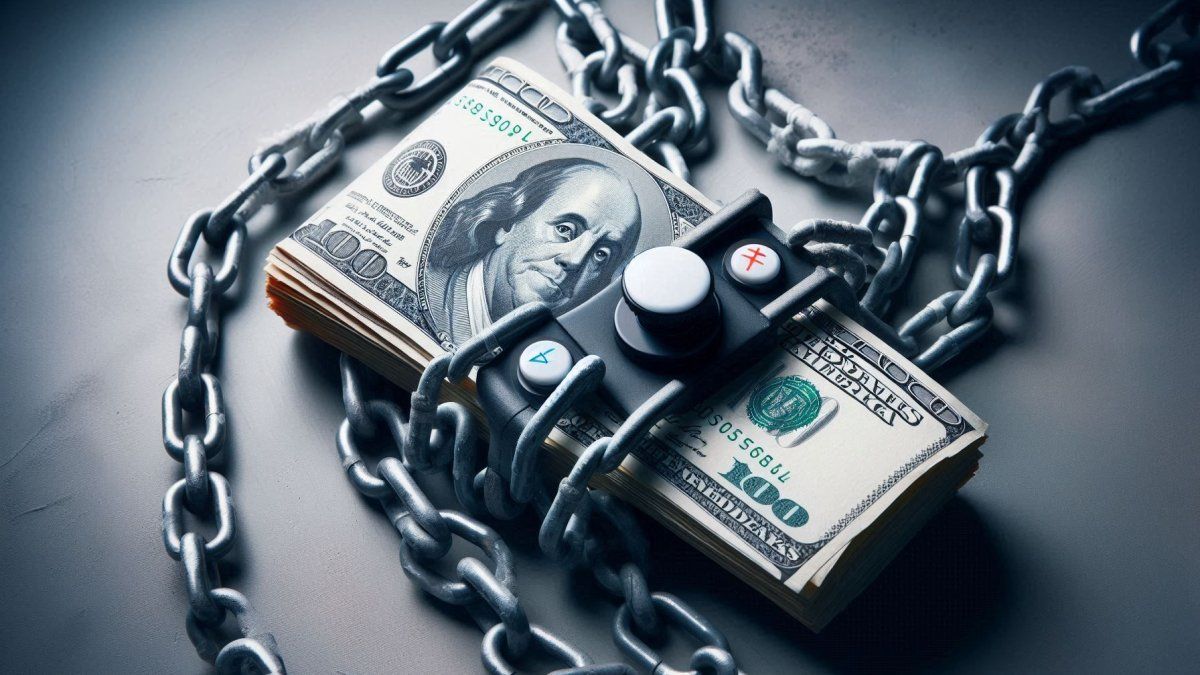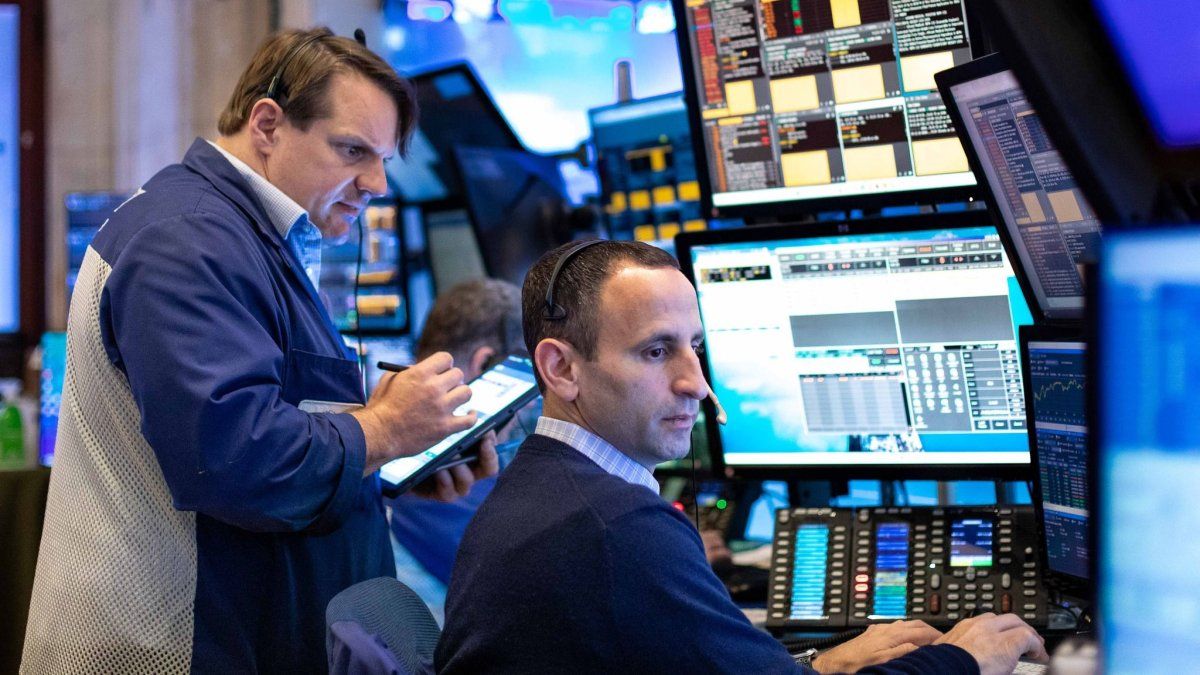He Government of Javier Milei not only closely monitors inflation, but also monitors other crucial indicators such as the economic activity index, reflecting a contraction in the price level. The reduction of Consumer Price Index (CPI), which fell from a peak of 25.5% in December, is largely due to the adjustments implemented by Javier Milei and the resulting recession.
Now, after months of negative figures, especially in sectors such as construction, the government hopes to start seeing signs of recovery.
In that context, Fausto Spotornoan economist at the consulting firm Orlando J. Ferreres & Asociados and former advisor to Milei, analyzed the current economic situation, offering an encouraging outlook for the future of the Administration. According to his analysis, There is already enough data to say that the economy hit bottom in February or March.based on the Monthly Estimator of Economic Activity (EMAE) of INDEC.
Although he acknowledged the positive impact of the good collection in the agricultural sector compared to 2023, Spotorno highlighted that, even without the contribution of agriculture, Data shows the economy’s lowest point occurred between February and MarchAccording to the analyst, since the second quarter, the economy has begun to show signs of recovery.
However, Spotorno stressed that this rebound is not homogeneous. The industrial sector, in particular, continues to lag behind, showing few signs of recovery despite having halted its decline since February and March. Nevertheless, A relatively positive aspect is that businessmen have favorable expectations for the coming months.according to the UADE industrial expectations indicator.
In contrast, Spotorno warned that there is still no positive outlook for hiring. He explained that due to Argentina’s strict labor laws, companies do not usually lay off staff during recessions to avoid the costs of rehiring when the economy recovers. But they also don’t hire right away when the recovery begins, as they have furloughed employees ready to return to work.
Despite the lack of recovery in industry, the economist noted more positive signs in trade and consumption, driven by the improvement in real wages of registered private workers. In sectors such as household appliances and durable goods, the recovery is being supported by credit growth, which has increased at an impressive rate of 10% monthly adjusted for inflation, stimulating consumption in various areas.
Cepo and tariffs
However, Spotorno pointed out that, although salaries have outpaced inflation in recent months, much of that improvement has been used to cover increases in rates for services such as electricity, gas and prepaid health plans.
Fausto Spotorno.jpg
Spotorno warned that a positive scenario in the hiring of personnel has not yet been observed.
On the other hand, regarding the possibility of avoiding significant exchange rate shocks in the near future, Spotorno said that this is one of the key questions facing the market.Despite Milei and Luis Caputo’s desire to eliminate the exchange rate restriction, the challenge lies in achieving convergence between the free and official exchange rates, something that Spotorno considers difficult.
According to him, a successful whitening could strengthen the position of the Central Bank to attempt this convergence. However, he warns that the government will probably seek to reduce the exchange rate gap as much as possible before lifting the restrictions, rather than focusing exclusively on the official exchange rate, which is not widely used in practice.
Source: Ambito




